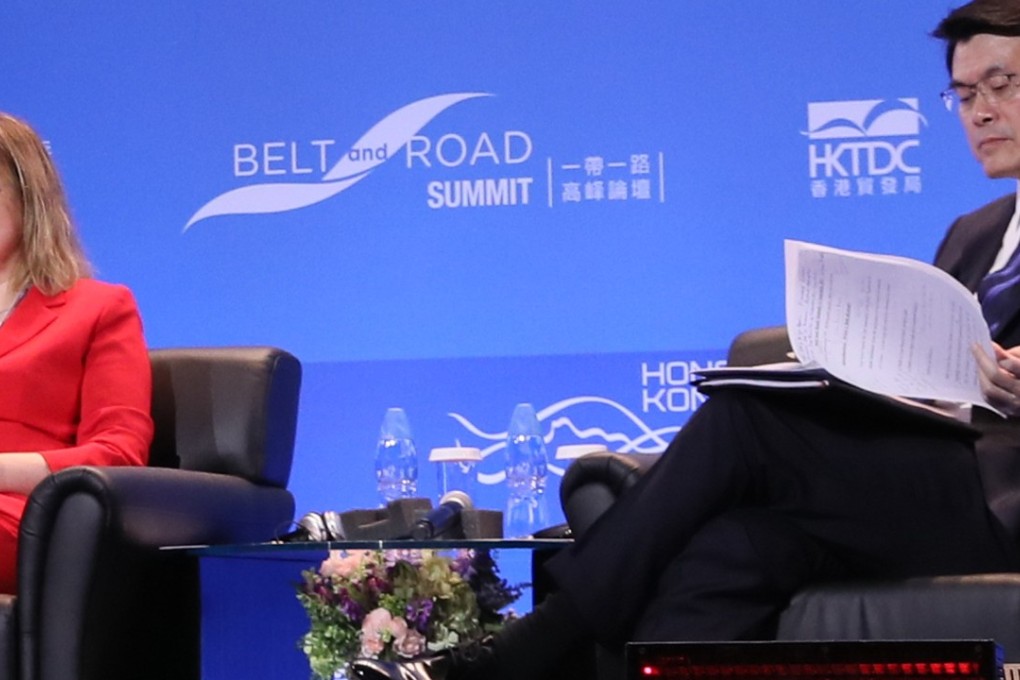‘Belt and Road Initiative’ analysts warn Europe – don’t miss the boat
You need to be involved with infrastructure project from the start to get the maximum benefit, analysts say

As the “Belt and Road Initiative” begins to be articulated, in terms of what China’s “second Marshall Plan” – the American initiative to rebuild Western Europe after the second world war – means for the countries involved, the focus has largely been on Asian projects.
China’s development of Gwadar Port in Pakistan, an expressway in Phnom Penh, and hydropower investments in Malaysia and Laos have all featured prominently. Yet, for the number of tangible results, the initiative remains shrouded in mystery for many – what will it all mean for European countries?

“Many European governments and companies don’t understand what [the] ‘Belt and Road [Initiative]’ is, and risk missing the boat,” says Daniël de Blocq van Scheltinga, managing partner at Polarwide and treasurer of the European Chamber of Commerce in Hong Kong. “Most are saying ‘ok, it’s an infrastructure play and we’ll see what happens when it gets here’. That’s not the way to deal with the Chinese government. You need to be involved with it from the beginning.”
The establishment of a London-Yiwu railway line this year garnered much attention, joining existing routes. The train carried whisky, soft drinks, vitamins, baby food and pharmaceuticalsabout 12,000km through France, Belgium, Germany, Poland, Belarus, Russia and Kazakhstan.
Strategic plans to develop infrastructure predate the “Belt and Road Initiative”, and there will most likely be an uptick in extending economic ties. With European economic recovery a work in progress, Trump’s isolationist approach has necessitated a gravitation, however temporary or expedient, towards China. China is boosting its exports, to help its economic growth.
